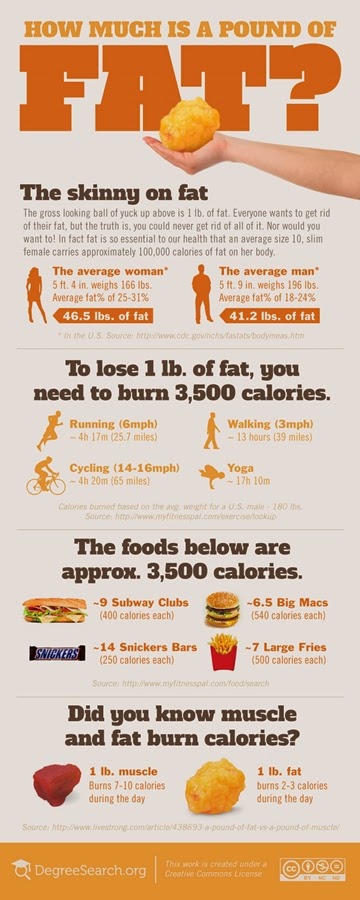It is a natural medicine used for thousands of years to clean wounds and fight bacteria. Now honey, that delectable condiment for breads and fruits, could be one sweet solution to the serious, ever-growing problem of bacterial resistance to antibiotics, researchers say.
Medical professionals sometimes use honey successfully as a topical dressing, but it could play a larger role in fighting infections, the researchers predicted. Their study was part of the 247th National Meeting of the American Chemical Society (ACS), the world's largest scientific society.
Study pioneer Susan M. Meschwitz, Ph. D said that the novel property of honey lies in its capacity to battle infection on various levels, making it more difficult for microorganisms to develop resistance.
Honey uses a combination of weapons, including hydrogen peroxide, acidity, osmotic effect, high sugar concentration and polyphenols - all of which actively kill bacterial cells, she explained. The osmotic effect, which is the result of the high sugar concentration in honey, draws water from the bacterial cells, dehydrating and killing them.
Several earlier studies have shown that honey inhibits the formation of biofilms or disease-causing bacteria. According to Meschwitz, "honey may also disrupt quorum sensing, which weakens bacterial virulence, rendering the bacteria more susceptible to conventional antibiotics". Quorum sensing is the way bacteria communicate with one another and may be involved in the formation of biofilms.
What's more, unlike conventional antibiotics, honey doesn't target the essential growth processes of bacteria. The problem with this type of targeting, which is the basis of conventional antibiotics, is that it results in the bacteria building up resistance to the drugs.
While science is still trying to isolate the precise mode
of the antibacterial action of honey, it has been suggested
that phenolics play a role. As phenolics (phenols/polyphenols) are
present in food consumed in human diets and in plants used in
traditional medicine of several cultures, their role in human health and
disease is a subject of research. For example, some phenols are
germicidal and are used in formulating disinfectants.
Although the specific polyphenols found in honey vary with nectar
source and region, the most common antioxidants found in honey include
the phenolic acids caffeic acid, p-coumaric acid, and ellagic acid and
the flavonoids quercetin, apigenin, galangin, pinocembrin, kaempferol,
luteolin, and chrysin.Manuka honey, for example, could be an efficient way to clear chronically infected wounds and could even help reverse bacterial resistance to antibiotics, according to a study in Australia. At the University of Technology Sydney (UTS), researchers found that when combined with common antibiotics, the treatment with Manuka honey hampered the spread of bacteria on wounds.
Crucially, scientists found the honey prevented the bugs from developing any resistance to the antibiotic. Professor Liz Harry, of UTS, said: "Manuka honey should be used as a first resort for wound treatment, rather than the last resort, as it so often is." The research follows a previous study which found that the honey was effective against more than 80 types of bacteria, including MRSA (Meticillin-resistant Staphylococcus aureus).
Antibiotic Resistance is becoming more prevalent
Not every medical condition calls for antibiotics. Yet, on
many occasions patients with non-bacterial related illnesses – such as
the common cold, which is caused by a virus – insist on getting a
prescription for them anyway. For illnesses that do need antibiotics to treat, some
people fail to follow directions – discontinuing dosing once they start
to feel better in lieu of finishing out the prescribed regimen.
Abusing antibiotics through excessively unnecessary or
improper use can result in conditions like antibiotic resistance.
Antibiotic resistance is a form of drug resistance whereby some
microorganisms are able to survive after repeated exposure to one or
more antibiotics. Pathogens resistant to multiple antibiotics are
considered superbugs and are extremely difficult or impossible to treat
as a result.
Sources: http://www.eurekalert.org/, http://www.sciencedaily.com/, http://www.wholewomanhealth.org/, http://www.dailymail.co.uk/, http://www.medicalnewstoday.com/































